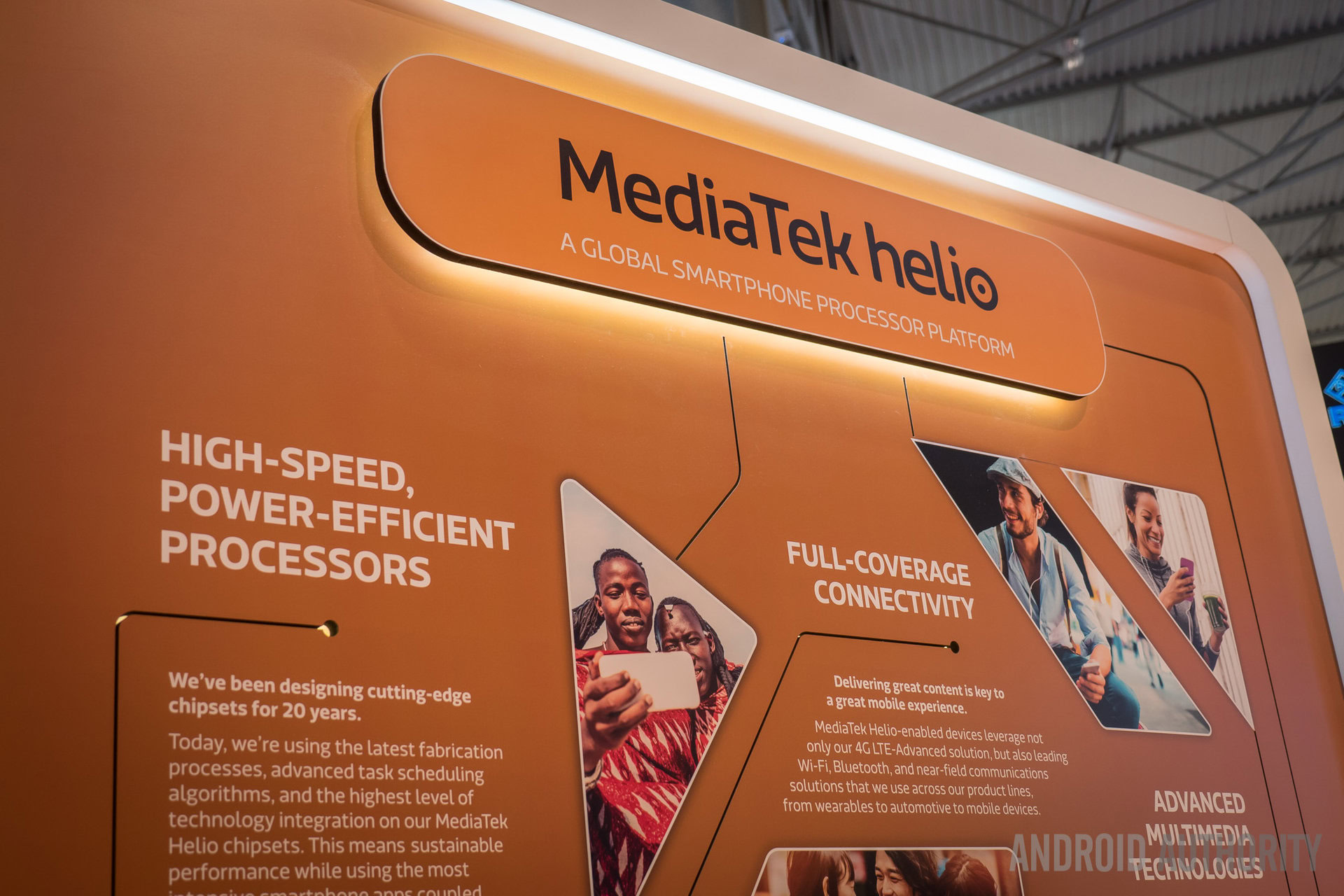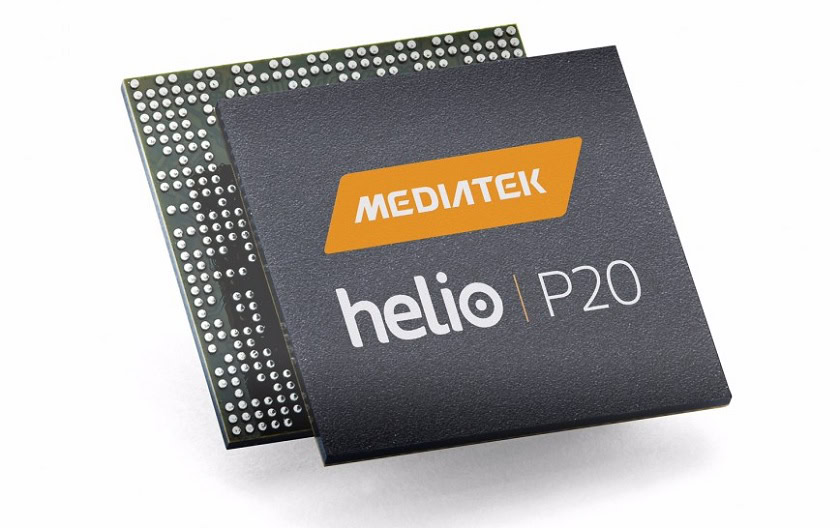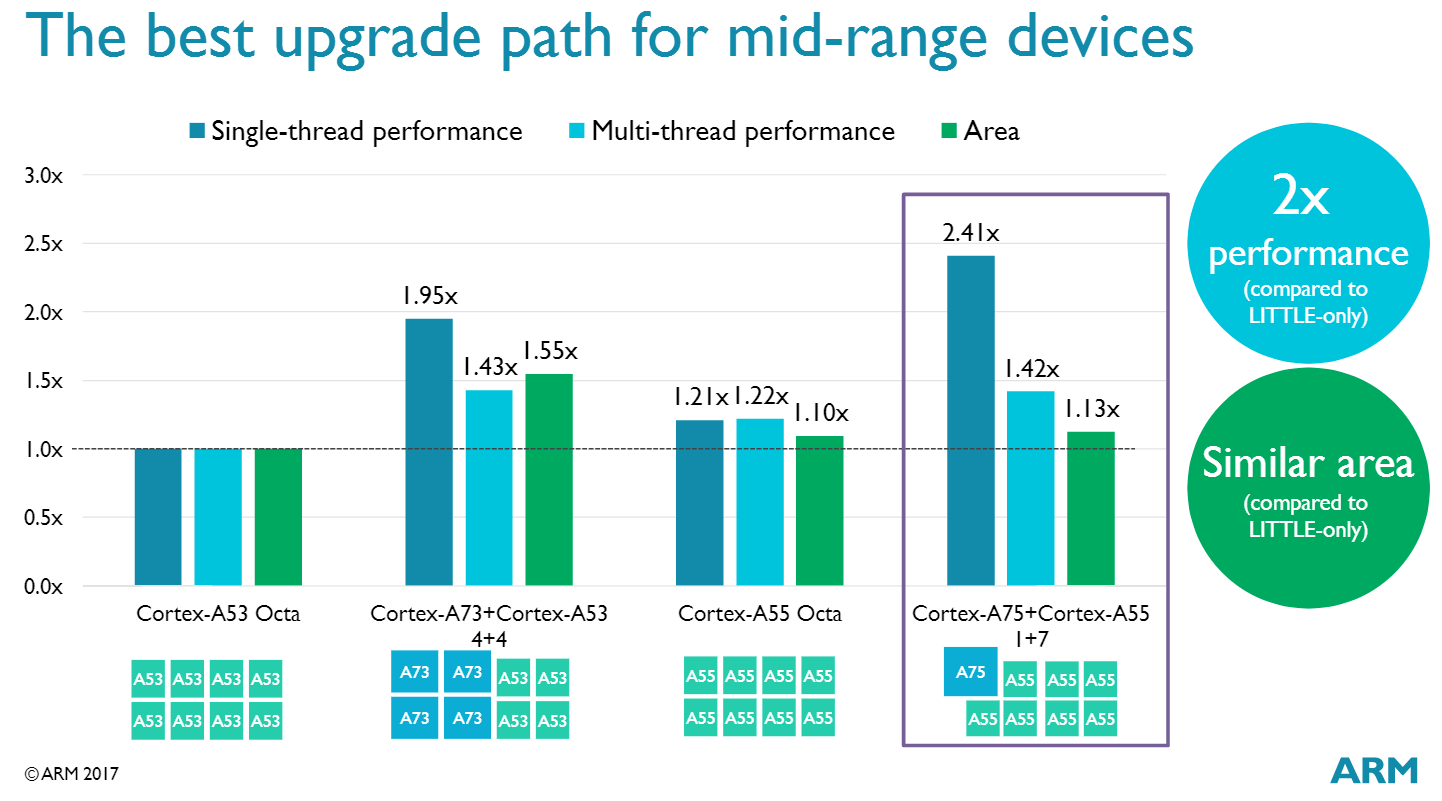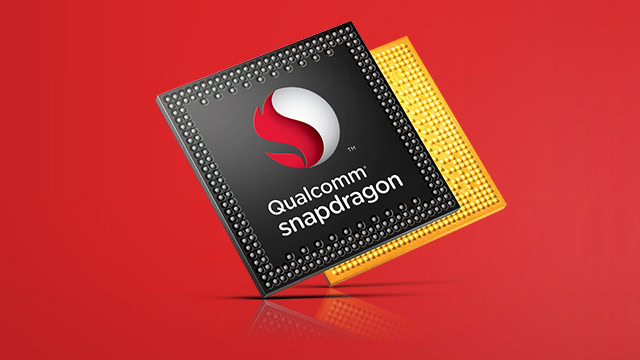Affiliate links on Android Authority may earn us a commission. Learn more.
Exploring MediaTek's refocus on mid-tier SoCs

MediaTek ships huge volumes of smartphone processors each year, it’s handily the second largest industry supplier behind Qualcomm. Despite launching high-end products like the Helio X30, the company has struggled to break through into the flagship tier of the market, with few premium OEMs taking up MediaTek’s portfolio leading products. The result is a company struggling not only with high-end sales, but also a bit of a perception problem in Western markets.
Last week, MediaTek’s general manager for international sales, Finbarr Moynihan, stated that the chip designer would be taking a break from flagship products to focus on the “new premium” segment of the market. Instead, the company will be doubling down on its mid-range efforts like the Helio P series. MediaTek has since clarified to us that while the Helio X series fills an important position in its roadmap, the Helio P series is a bigger focus for the company right now.
Right now, we are very focused on the new premium segment of the market, and how our Helio P Series offers the mid market compelling high end features that people are demanding at a more affordable price point. In our Helio P series, we have pulled higher end flagship-level technology and features down into the mid-tier. It aligns with MediaTek’s longstanding mission to make great technology affordable to everyone.Finbarr Moynihan, MediaTek general manager for international sales
The reason cited for this shift in focus is due to the Helio X30 not meeting the high-end modem requirements to support carriers across the world. Although the chip’s WorldWide modem boasted 3x carrier aggregation technology and LWA/LTE-U support for 450 Mbps peak downloads, it seems to have lacked support for some crucial bands and technologies in some countries. Furthermore, the 10-core CPU design and beefed up GPU were perhaps overkill, and therefore overpriced, for MediaTek’s typical markets, where low cost, small silicon area chips are the order of the day.
Why can’t MediaTek shift high-end chips?
This then begs the question, why wasn’t MediaTek able to sell the Helio X30 in decent numbers? Why couldn’t the company pinch just a few of Qualcomm’s familiar high-end customers?
Of course, the lack of global LTE support would be an impassible issue for top-tier flagship releases, but it shouldn’t have ruled out interest from regional players. Unfortunately, the performance of MediaTek’s top tier chips also doesn’t quite keep up with the fastest players. Multicore performance and energy consumption might be highly praised on its 10-core design, but peak performance falls someway behind by adopting only two instead of four high performance cores. Furthermore, it’s GPU designs focus more on energy efficiency than peak performance, and exposes a much larger gap with the leading chipsets.
MediaTek has made efforts to bulk up its platform extras with Imagiq 2.0 for dual cameras, 4K HDR video support, vision processing, and fast charging Pump Express, but the company is a little behind on the most cutting edge features. Although MediaTek has been enabling with Machine Learning through its deep learning SDK, there company hasn’t come up with a dedicated hardware solution like the most cutting edge chip designers, Apple, HiSilicon, and Qualcomm. Speaking of SDKs, the company doesn’t have the best reputation when it comes to open source licensing either, making it less attractive for manufacturers looking to make development investments into its platforms.
Instead of simply being a carrier support issue, MediaTek’s high-end chip simply doesn’t offer customers the high levels of performance and product differentiation demanded by the premium tier. However, there is scope to offer differentiation by bringing some of these higher end technologies to a lower price.

Playing to its biggest market
At this point, doubling down on the mid-range Helio P series isn’t necessarily a bad idea from MediaTek, given that the high-end segment has proven to be a bit of a lost cause recently. The majority of MediaTek chips are find way into Chinese manufactured models for price conscious markets. MediaTek says that it sees a big opportunity for its P Series in the mid-market, based on where smartphone adoption is accelerating in emerging markets. That’s certainly were the fastest smartphone growth is currently occurring, so this seems like a viable strategy.
Manufacturers like Lenovo, Micromax, and Vivo who sells phones in China and India, among others, are regular MediaTek customers. However, these OEMs have also recently been turning to Qualcomm for their higher performance models. This is a market segment that MediaTek can ill-afford to lose ground in, hence why the company is likely focusing its attention here rather than chasing its much smaller and less profitable flagship consumer base.
Fortunately, some of the biggest improvements coming down the line with the ARM architecture will benefit mid-range chips. DynamIQ’s new shared cluster design is offering up major single threaded performance improvements, a weakness in MediaTek’s mid-range chips, with a minimal increase in silicon area, and therefore costs. Moving to a 1+7 or 2+4 DynamIQ design next could see MediaTek’s chips close the performance gap on leading processors, making them more attractive options outside of just the budget tier.


The company says we should stayed tuned over the the next year or so to hear more about its plans for Helio, so there’s clearly products in the pipeline. But the days of MediaTek competing with the best products from other mobile silicon designers looks to be on hiatus for a while.